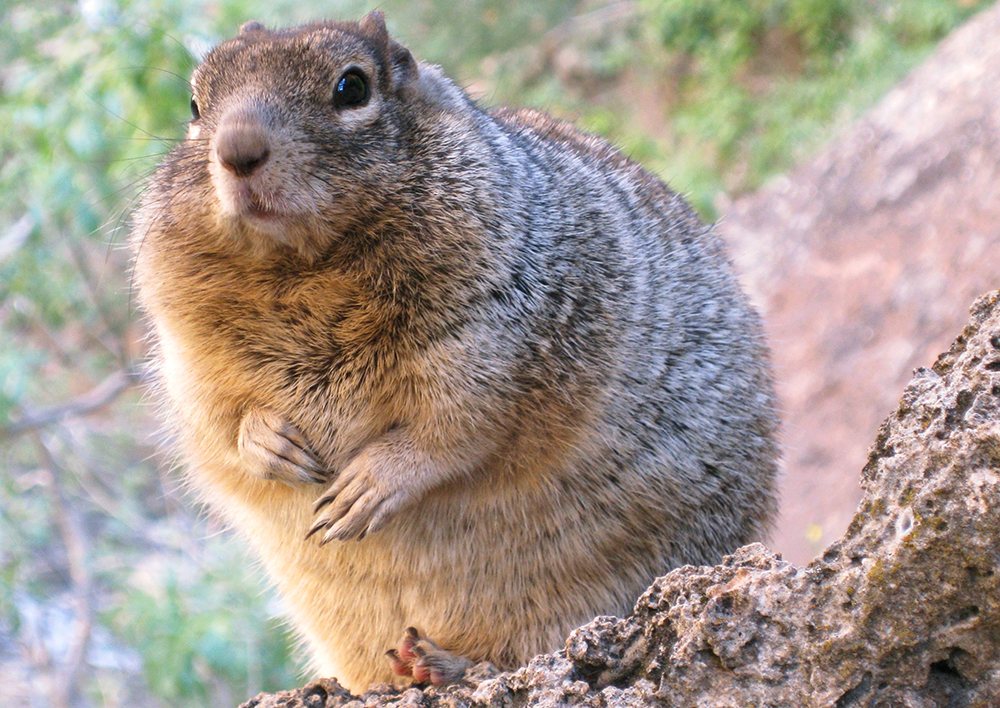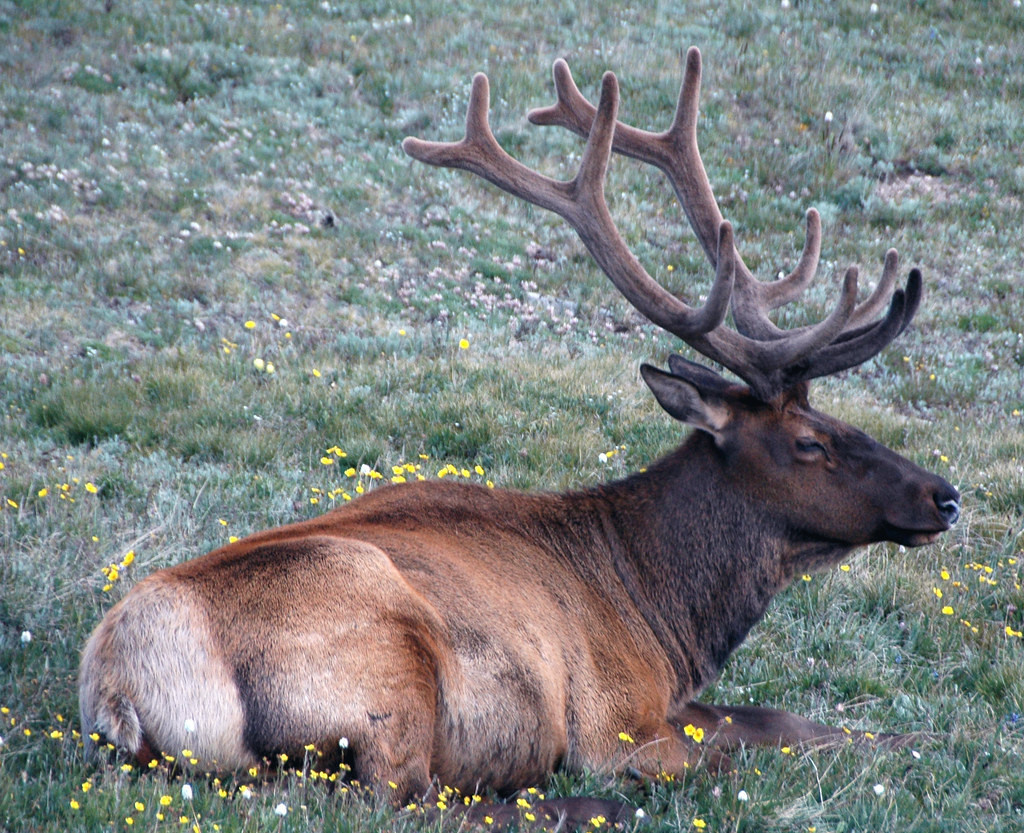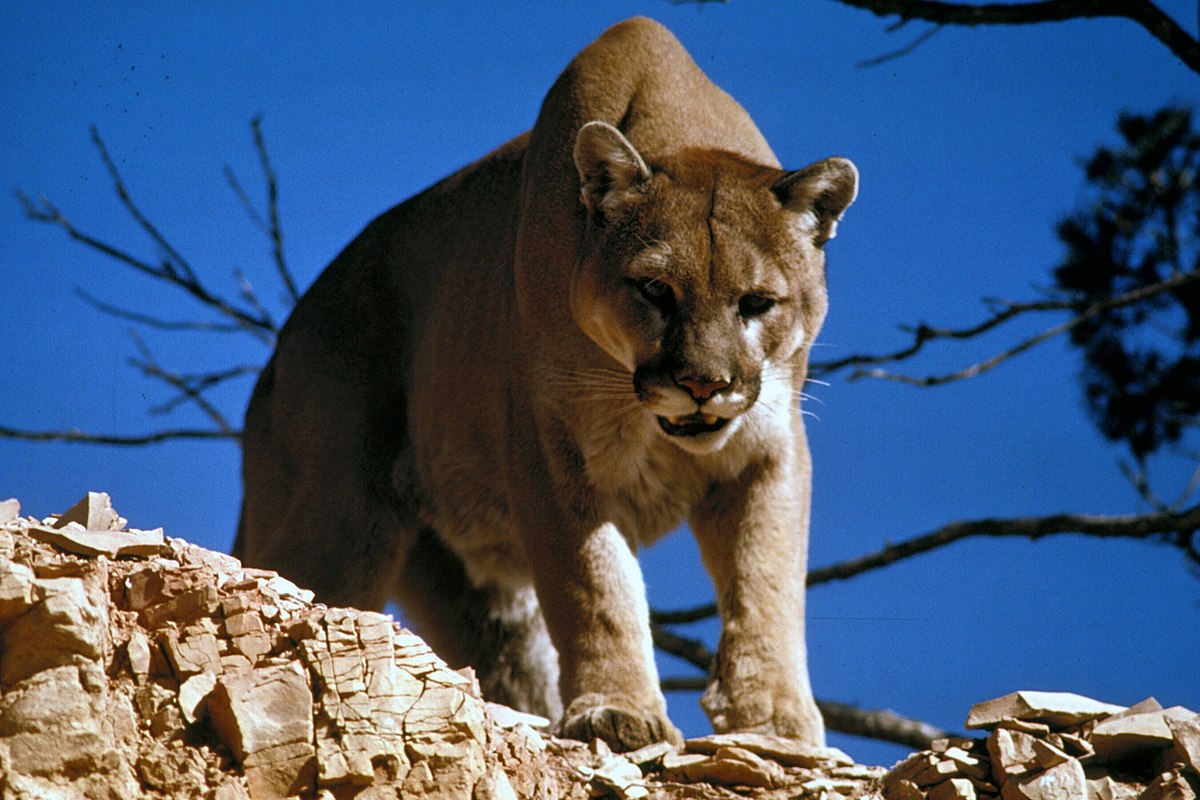Guadalupe Peak, located in Guadalupe Mountains National Park, is the highest point in the state of Texas, reaching an elevation of 8,751 feet (2,667 meters). The mountain range is home to a diverse ecosystem of plants and animals.
Visitors to the park can expect to see a variety of wildlife, including elk, black bears, gray foxes, mountain lions, and rock squirrels. In this article, we will explore five of the animals that lurk atop Texas’s tallest mountain.
You are reading: Discover 5 Animals That Lurk Atop Texas’s Tallest Mountain

5 Animals That Lurk Atop Texas’s Tallest Mountain
Elk (Cervus canadensis)

Elk (Cervus canadensis) are large, deer-like herbivores that are native to the Guadalupe Mountains in Texas. They were once hunted to extinction in the area, but were reintroduced to the park in 1928 and have since thrived.
Male elk have large, usually six-pointed antlers that are shed each year, and the hair on their neck is long and shaggy. Their fur is light brown and darker on their head, neck, legs, and belly, and they have a large, white rump patch.
Elk are social animals and the herd is customarily led by a female elk (cow) who leads them to water and feeding grounds. The females also stand guard over the herd at night, during afternoon resting times, and when feeding.
On sensing danger, the sentinel or any other cow gives warning by a sudden, loud “bark” that instantly alerts the entire herd. Although elk have excellent senses of sight and hearing, they mostly depend on their sense of smell to detect danger.
Elk once inhabited the plains region of the western United States in winter, migrating to more open, forested areas in summer.
Black Bear (Ursus americanus)
The American black bear (Ursus americanus) is the smallest and most common bear species in North America. They are omnivores and their diet varies depending on the season and location.
Black bears typically live in forested areas, but will leave the forest in search of food and are sometimes attracted to human communities due to the immediate availability of food.
Read more : Discover The 6 Types Of Ants Set To Emerge In Michigan
In the Guadalupe Mountains, black bears are present but are more elusive than elk. They are generally shy and will usually avoid human contact, but have been known to attack if they feel threatened or if their food sources are threatened.
Visitors to the park are advised to take precautions to avoid encounters with black bears.
Mountain Lion (Puma concolor)

The mountain lion (Puma concolor), also known as cougar, puma, catamount, or panther, is a large cat native to the Americas. It is the most widely distributed large wild terrestrial mammal in the Western Hemisphere and is an adaptable, generalist species occurring in most American habitat types.
Mountain lions use a wide variety of habitats including montane coniferous forests, lowland tropical forests, grassland, dry brush country, swamps, and any areas with adequate cover and prey.
They are large, slender cats with a short and coarse textured pelage that ranges from a yellowish brown to grayish brown on the upper parts and a paler, almost buffy, color on the belly.
The throat and chest are whitish, and they have a pinkish nose with a black border that extends to the lips. The muzzle stripes, the area behind ears, and the tip of the tail are black, and the eyes of mature animals are grayish brown to golden.
Mountain lions are territorial and solitary, and they use pheromones and physical signs (like claw markings or feces) to define their territory. Unlike other large cats, they cannot roar. Instead, they growl, shriek, hiss, and purr, similar to house cats.
Some subspecies of mountain lions are listed in CITES Appendix I, and all others are Appendix II. Some populations are listed as Endangered under the Endangered Species Act.
Gray Fox
The gray fox (Urocyon cinereoargenteus) is an omnivorous mammal of the family Canidae, widespread throughout North America and Central America. It is the only member of the dog family that can climb trees, either to search for prey, sleep, or to escape from predators.
Gray foxes have a silver-gray coat on their back and face, reddish on their legs and chest, and white on their throat, mid-belly, and the insides of their legs. They have a long bushy tail with a black tip and black stripe along the top, and a thin black stripe runs from the outside corner of each eye to the sides of the head.
Read more : The Top 9 Animals With The Shortest Lifespan
Gray foxes are considered omnivores and eat a wide variety of foods, including small mammals, eggs, fruit, birds, insects, nuts, berries, and lizards. They are even known to raid people’s garbage cans in search of something to eat.
Gray foxes are common but very elusive and rare to spot in the wild. They are primarily nocturnal but may forage during the day. Gray foxes mate in February or March, and gestation lasts about 52 days with 3 to 7 kits born in April/May. The young open their eyes at 10 days and will venture out of the den after about 4 weeks.
Rock Squirrel
The rock squirrel (Otospermophilus variegatus) is a large ground squirrel that is native to Mexico and the Southwestern United States, including southern Nevada, Utah, Colorado, Arizona, New Mexico, West Texas, and the panhandle of Oklahoma. They are one of the largest members of the Scuridae family, growing to nearly a foot in length, not including their long, bushy tails which are nearly as long as their bodies.
Rock squirrels are predominantly herbivores, eating mostly leaves, stems, and seeds, and occasionally invertebrates and small vertebrates. They also eat acorns, pine nuts, fruits of native plants, assorted grasses, mesquite, juniper berries, agaves, and cacti.
The primary invertebrates include grasshoppers, beetles, and earthworms, and the vertebrates include young wild turkeys and other fowl.
Rock squirrels may even eat their own kind, scavenging the remains of squirrels that are already dead. Rock squirrels are facultative hibernators, and in central Texas, they hibernate 2-4 months, from November to February or March.
FAQS
1. What is the tallest mountain in Texas?
The tallest mountain in Texas is Guadalupe Peak, which is located in Guadalupe Mountains National Park.
2. What are some animals that can be found atop Guadalupe Peak?
Some of the animals that can be found atop Guadalupe Peak include elk, black bears, mountain lions, gray foxes, and rock squirrels.
3. Are these animals dangerous to humans?
While these animals are generally not dangerous to humans, visitors to the park should take precautions to avoid encounters with them. For example, visitors should keep a safe distance from elk and black bears, and should avoid hiking alone or at dawn or dusk when mountain lions are most active.
4. Can visitors to the park see these animals easily?
While some of these animals, such as elk and black bears, are relatively common in the park, they can be elusive and difficult to spot. Visitors should keep an eye out for signs of these animals, such as tracks or scat, and should be patient and observant when hiking in the park.
5. What other animals can be found in Guadalupe Mountains National Park?
In addition to the animals listed in this article, Guadalupe Mountains National Park is home to a wide variety of other animals, including mule deer, javelinas, kit foxes, coyotes, bobcats, badgers, Texas banded geckos, and about 16 species of bats.
Source: https://petstutorial.com
Category: Animals










